The Unsung Heroes: The Positive Impact of Mosquitoes, Flies, and Cockroaches on the Environment
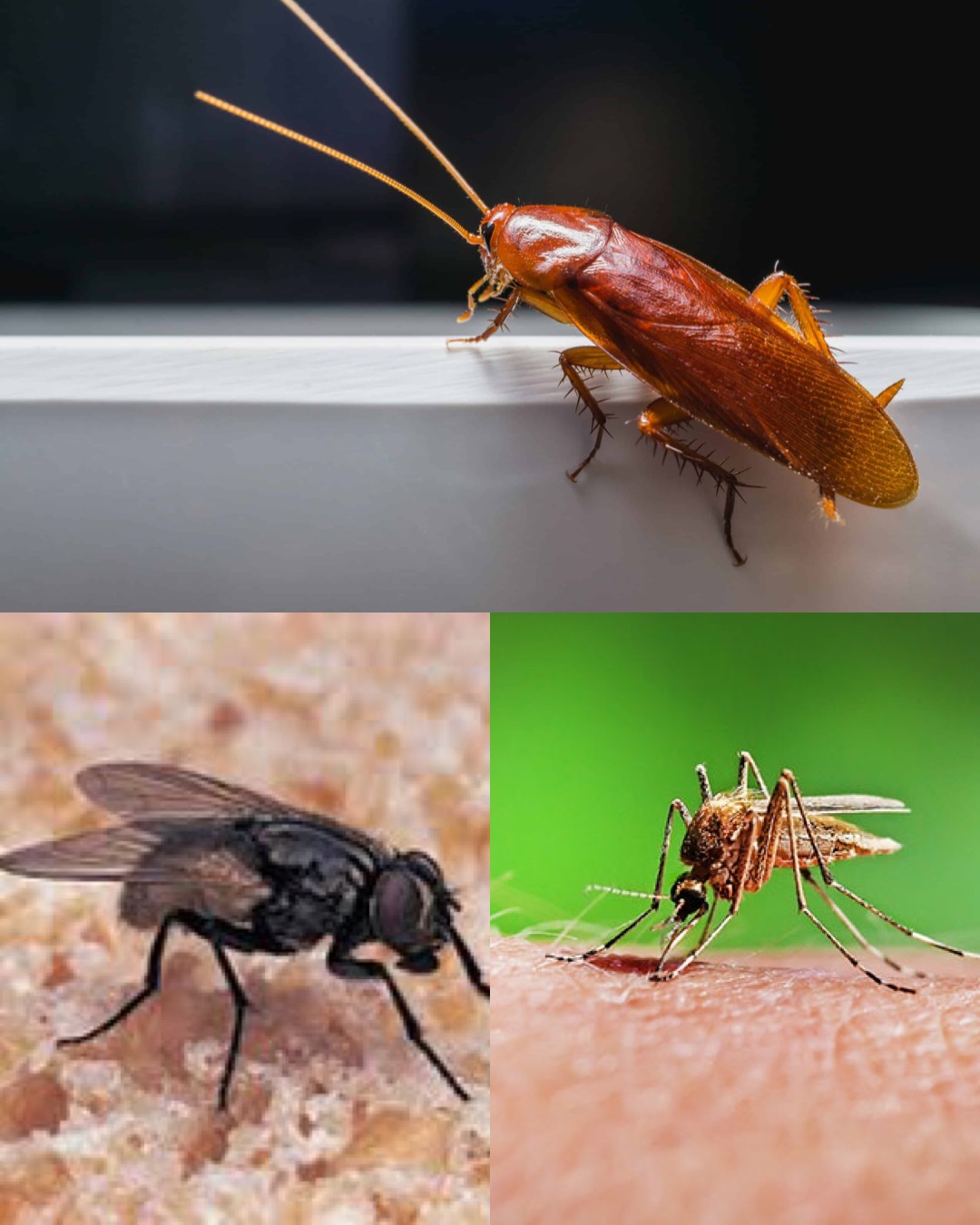
Mosquitoes, flies, and cockroaches are often vilified due to their association with disease, filth, and discomfort. However, these insects are far more than nuisances. They are integral to the ecosystems they inhabit, supporting biodiversity and maintaining the delicate balance of nature. By examining their roles in greater detail, we can better appreciate their contributions to the environment and how they fit into the broader web of life.
The Dark Side: Health Risks and Annoyances
1. Mosquitoes
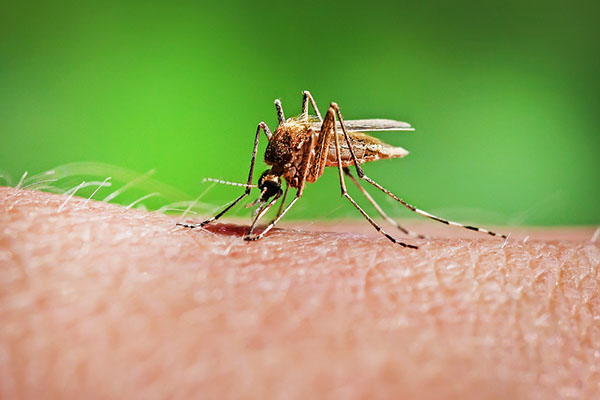
Few creatures evoke as much frustration as mosquitoes, and with good reason. Responsible for transmitting diseases such as malaria, dengue fever, and West Nile virus, mosquitoes cause millions of deaths annually. These tiny insects are a global health challenge, with organizations like the World Health Organization prioritizing mosquito control to combat diseases. Despite these significant threats, their ecological importance is often overlooked.
2. Flies
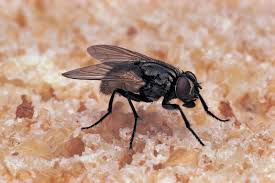
Flies are synonymous with unsanitary conditions and disease transmission. Common houseflies (Musca domestica), for example, spread pathogens like Salmonella and E. coli, posing risks to public health. Nevertheless, their ecological functions are indispensable, as they play a critical role in waste decomposition and nutrient cycling.
3. Cockroaches
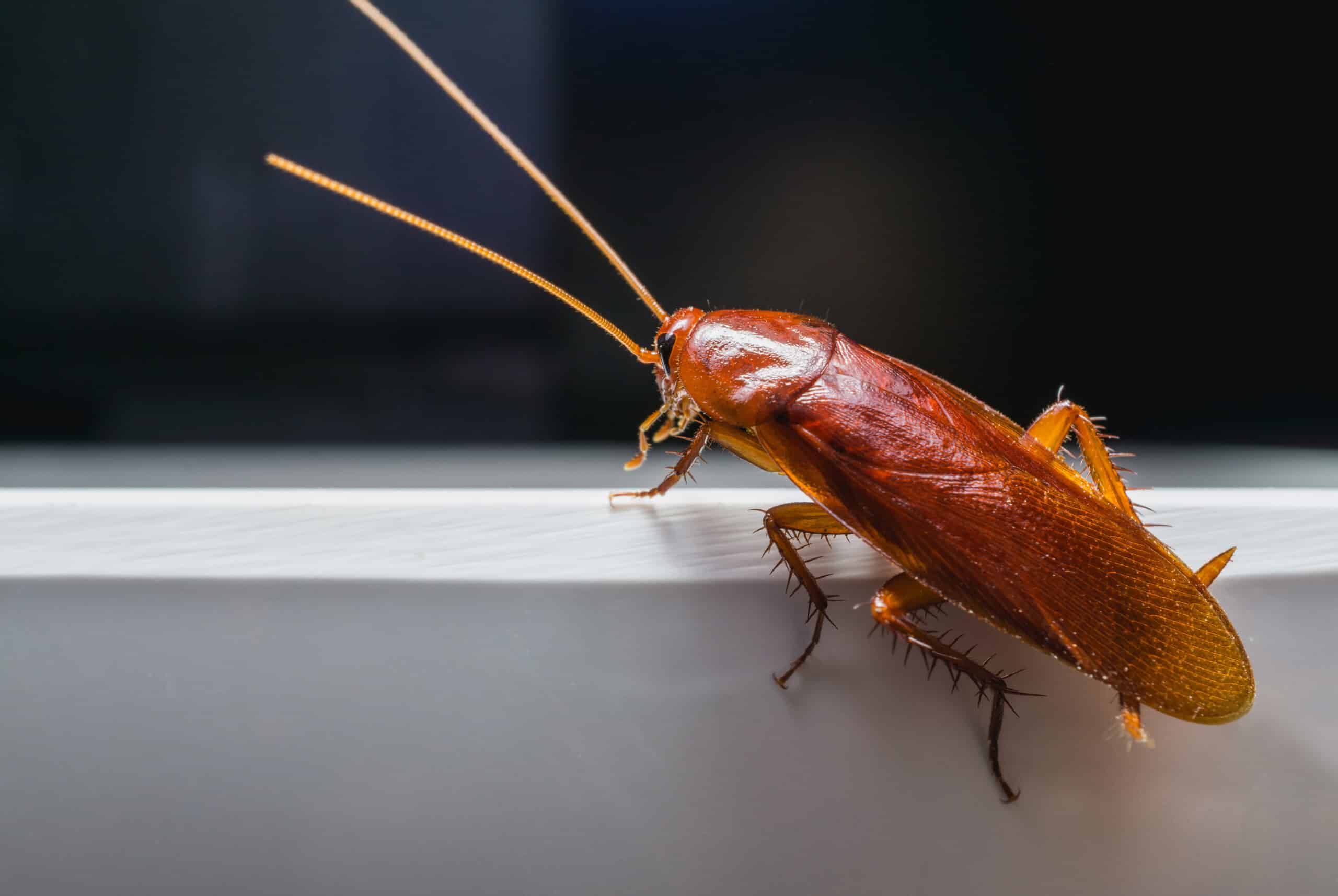
Cockroaches are typically associated with unhygienic spaces and can trigger allergies in sensitive individuals. However, their ability to thrive in diverse environments underscores their importance as decomposers, contributing to the health of ecosystems by recycling organic matter.
The Positive Contributions
1. Mosquitoes: More Than Just Pests

Mosquitoes occupy a dual role in ecosystems. While adult mosquitoes can be a nuisance to humans, many species are vital for pollination. For instance, mosquitoes in the genus Aedes have been observed pollinating orchids and other nocturnal flowers, which depend on evening or night pollinators.
Mosquito larvae, which inhabit freshwater habitats, play an essential role in aquatic ecosystems. They serve as a primary food source for numerous species, including fish, amphibians, and other aquatic insects. By consuming organic matter in water, mosquito larvae also contribute to water quality, helping to filter small particles from the ecosystem.
2. Flies: Nature’s Decomposers

Flies, particularly their larvae, are among nature’s most effective recyclers. Maggots, the larval stage of flies, feed on decaying organic material, breaking it down into simpler components that enrich the soil. This process accelerates nutrient cycling and supports plant growth.
Additionally, flies play an unexpected role in pollination. While not as celebrated as bees or butterflies, certain fly species, such as hoverflies, are important pollinators for crops and wild plants. Hoverflies mimic bees in appearance but are equally efficient at transferring pollen, especially for plants that bloom in cooler or shaded conditions where bees are less active.
3. Cockroaches: Nature’s Clean-Up Crew

Cockroaches are essential players in ecosystems, especially in forests and urban environments. By consuming decomposing plant and animal matter, they help recycle nutrients back into the soil, supporting plant growth and maintaining soil health.
In forest ecosystems, cockroaches contribute to the breakdown of leaf litter and dead wood. Some species, such as those in the genus Blattella, are also involved in soil aeration through their burrowing behavior, which improves water infiltration and root access to nutrients. These activities ensure the long-term fertility of ecosystems.
Why These Insects Matter to the Bigger Picture
The roles of mosquitoes, flies, and cockroaches extend beyond their immediate ecosystems. They are part of a broader network of interactions that sustain life on Earth. For example:
Biodiversity Support: These insects serve as food for birds, amphibians, reptiles, and mammals, forming a vital link in the food chain.
Ecosystem Services: Their contributions to pollination, decomposition, and nutrient cycling support the health of plants, which in turn provide oxygen, food, and habitat for countless other organisms.
Scientific and Medical Benefits: Flies have been studied for their role in forensic science, while cockroach-derived compounds have shown potential in medical research, including antibiotic development.
Coexisting with Insects: Strategies for Balance
To coexist with these insects while minimizing their negative impacts, we need to adopt practical and sustainable approaches:
Mosquito Control: Use mosquito nets, eliminate stagnant water, and support environmentally friendly mosquito control measures to reduce disease risks.
Fly Management: Proper waste disposal and hygiene can limit fly populations while still allowing them to fulfill their ecological role.
Cockroach Prevention: Sealing cracks, maintaining clean environments, and reducing clutter can help manage cockroach infestations without completely disrupting their beneficial roles in the ecosystem.
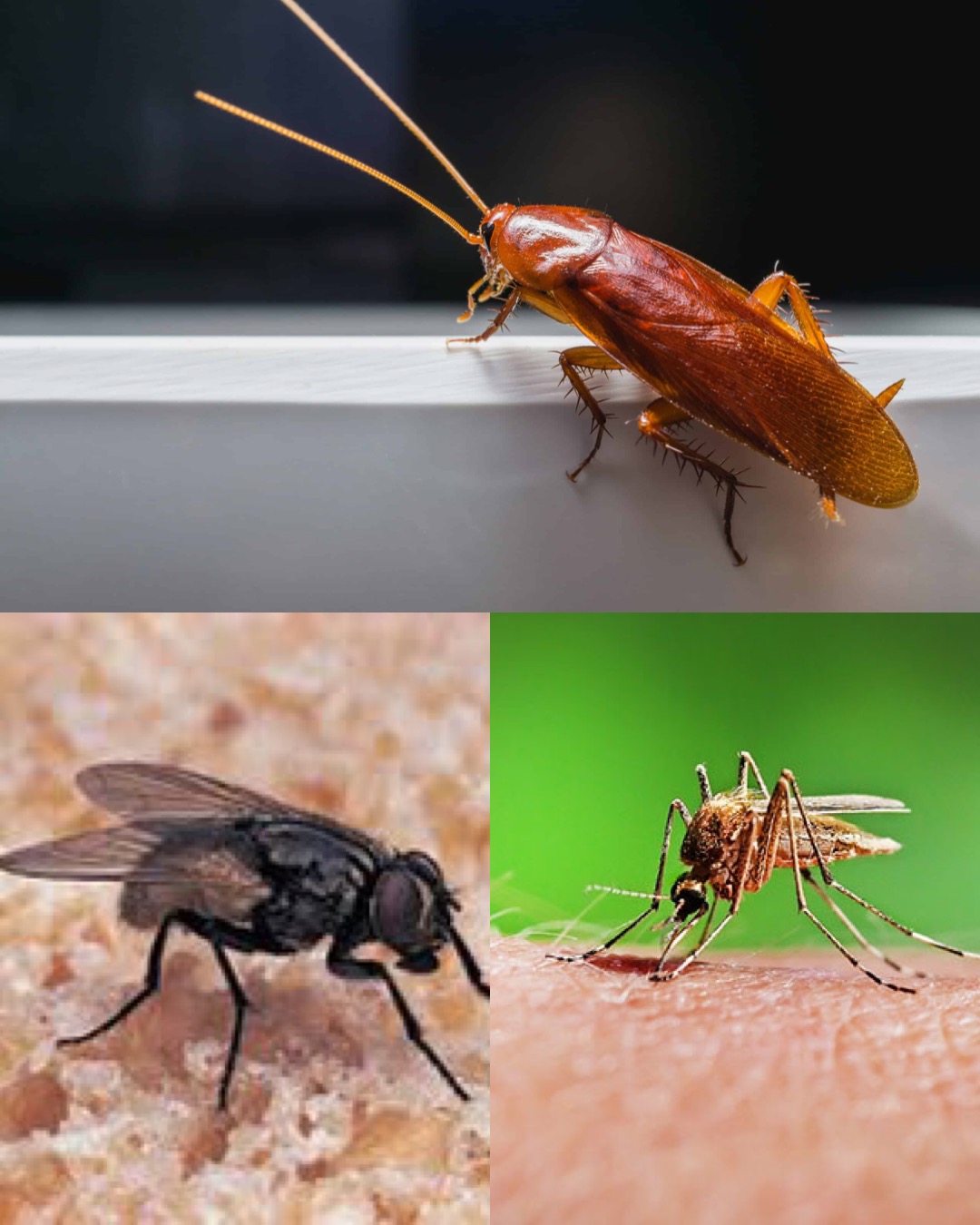
Although they may not win any popularity contests, mosquitoes, flies, and cockroaches are indispensable components of healthy ecosystems. Their contributions to pollination, decomposition, and nutrient cycling highlight the interconnectedness of all life forms. By understanding and appreciating their roles, we can learn to balance our coexistence with these insects, protecting both human health and the environment.
Every species, no matter how small or seemingly insignificant, has a purpose. Recognizing this can lead to a greater appreciation for the complex and beautiful web of life that sustains our planet.
Trending Now
Hot Topics
Related Articles
Breaking Climate Silos: What a Week in Naivasha Taught Me About Forecasting
A week in Naivasha opened my eyes to the power of climate...
Kivu Beach Expo & Festival Brings Joy to Rutsiro While Showcasing the Region’s Natural and Sustainable Potential
The arrival of the Kivu Beach Expo & Festival in Boneza Sector,...
Kivu Beach Festival Triggers Urgent Economic Development Push in Rutsiro
Preparations for the 2025 Kivu Beach Expo & Festival have become a...
COP30 Raised Ambition on Adaptation Finance Yet Africa’s 150 Billion Dollar Gap Tells a Different Story
COP30 in Belém was billed as the moment the world would finally...










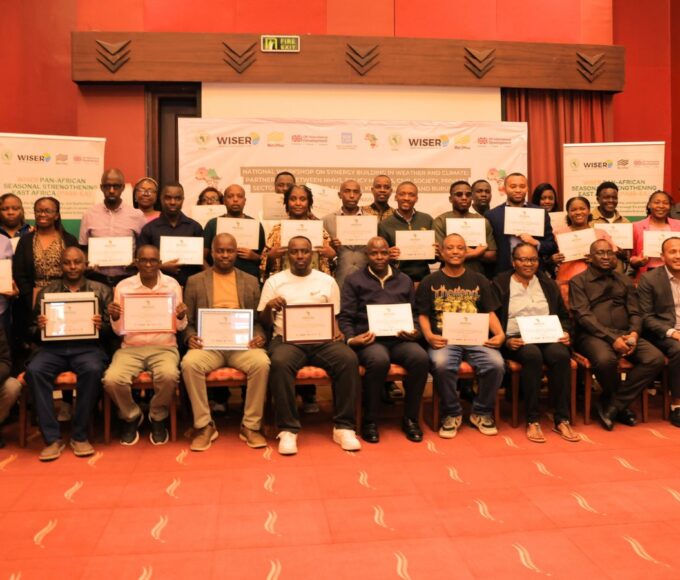

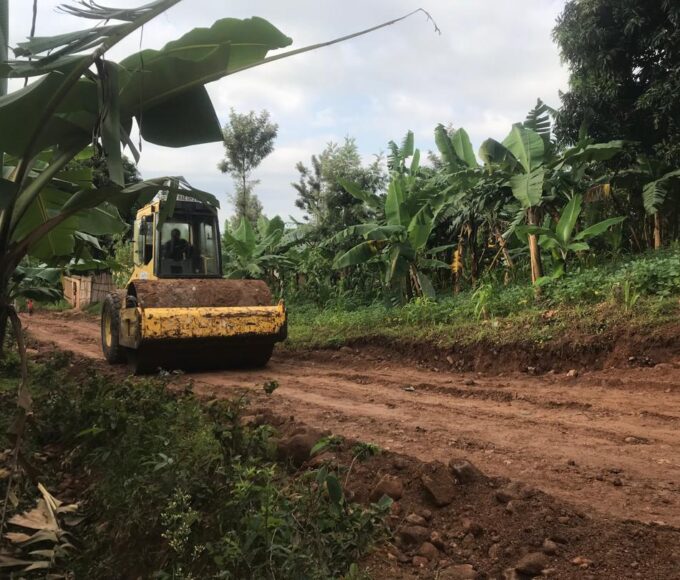

Leave a comment